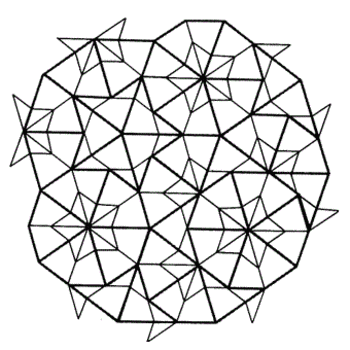How do you find the global extreme values for V(x) = x(10 - 2x)( 16 - 2x) on [0,5]?
2 Answers
Solving
Explanation:
-
We put the function in the polynomial form because it's easier to derivate it:
V(x)=x(10−2x)(16−2x)=(10x-2x^2)(16-2x)=4x^3-32x^2-20x^2+160x=4x^3-52x^2+160x -
We calculate the first derivative of the function:
V'(x)=12x^2-104x+160=4(3x^2-26x+40) -
Now we can find the global extreme values solving
V'(x)=0 :
3x^2-26x+40=0
x_1=2 andx_2=20/3 -
We can also determine the nature of these two points by calculating the sign of the derivative:
V(x)<0 ifx<20/3 and x>2
V(x)>=0 ifx>=20/3 or x<=2
So the functionV(x) grows untilx=2 then it decease untilx=20/3 and then it grows again. Sox_1 is a relative maximum andx_2 is a relative minimum. -
We can verify it by seeing the graph of this function:
graph{4x^3-52x^2+160x [-3, 14, -200, 200]}
This is a closed interval type problem. The global extrema occur at critical numbers in the interval or at endpoints of the interval.
Explanation:
The function can be further factored, to get:
= x[(-2)(x-5)]9(-2)(x-8)]
= 4x(x-5)(x-8)
We need the critical numbers, so we need the derivative of
So,
The critical numbers (in
But
.
The extrema occur at either the endpoints, (
Answer:
The maximum value is
The minimum is


